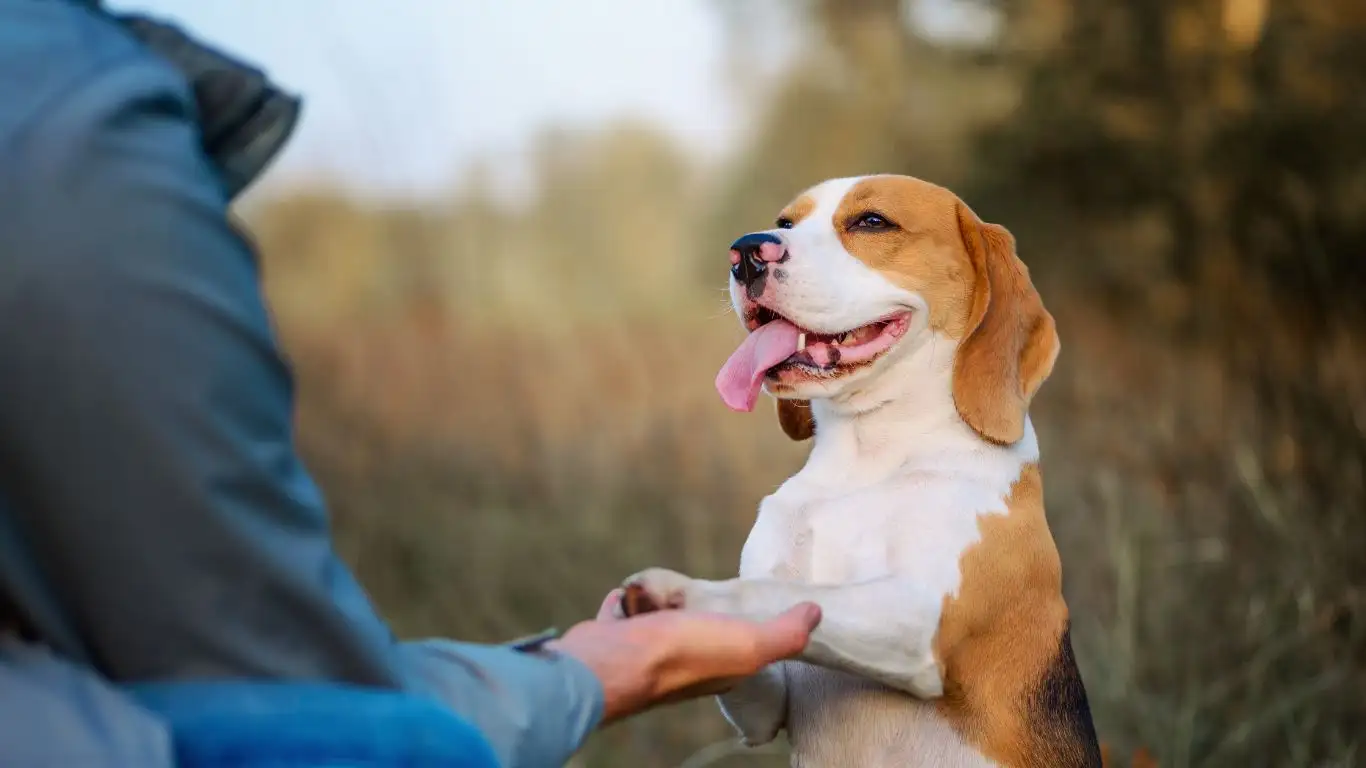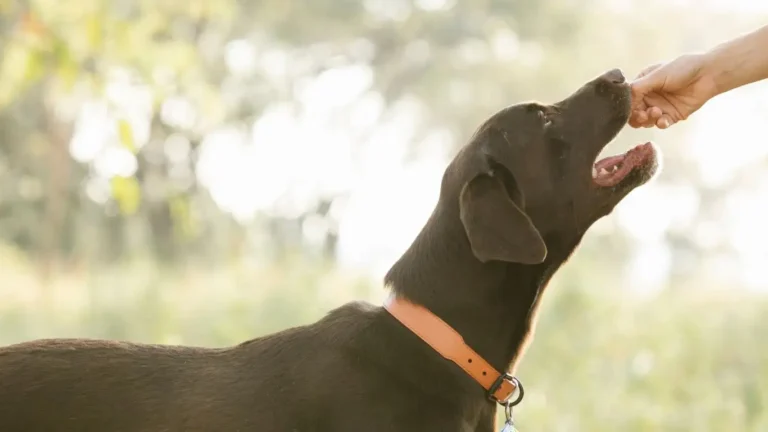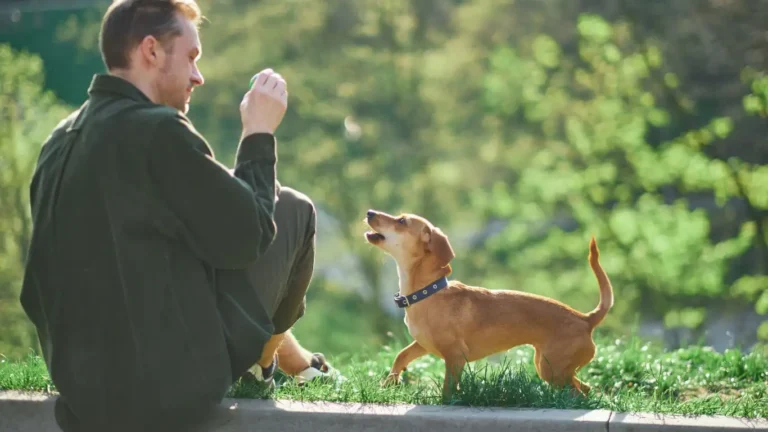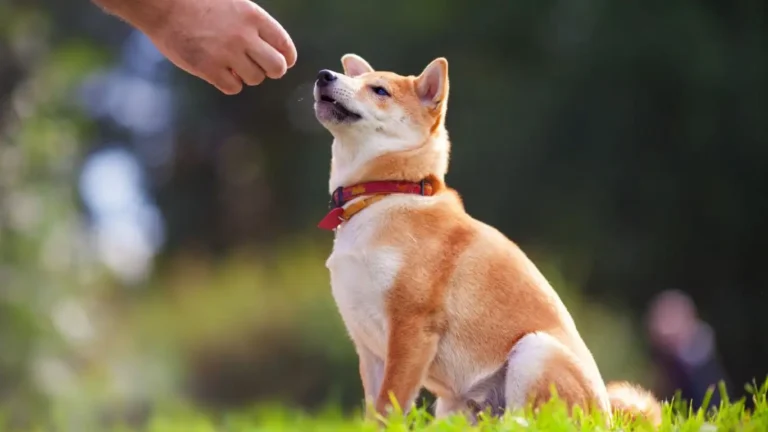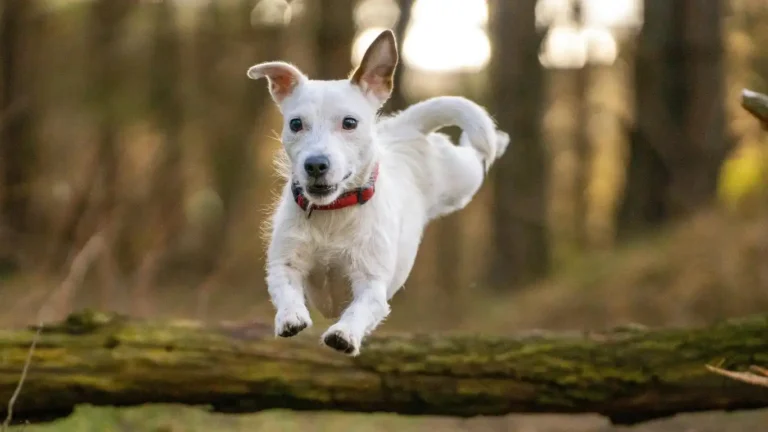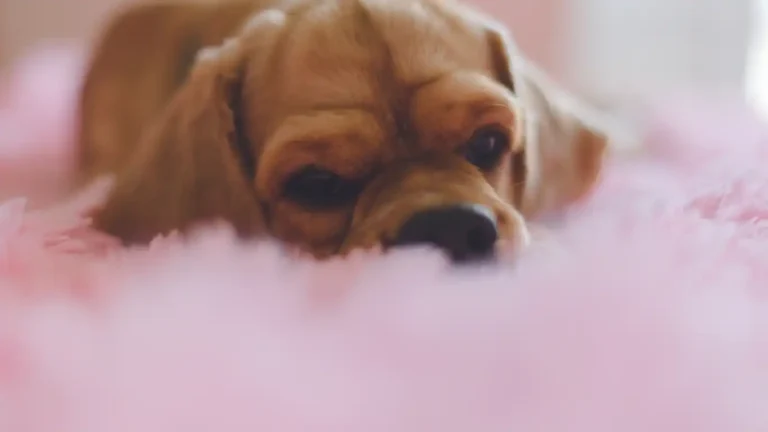How to Train a Dog to Sit When Greeting New People – Simple & Effective Tips
If you’re wondering how to train a dog to sit when greeting new people, you’re not alone. It’s easily one of the most common challenges I’ve seen working as a Canine-Assisted Therapy Trainer. Dogs are social creatures — they get excited, they jump, they bark — and while that enthusiasm can be adorable, it’s not always appropriate, especially when they’re working as therapy companions or simply trying to make a good impression. So, how do you turn that excitable greeting into a polite sit? That’s exactly what we’re diving into here.
Why Polite Greetings Matter (Beyond Just Good Manners)
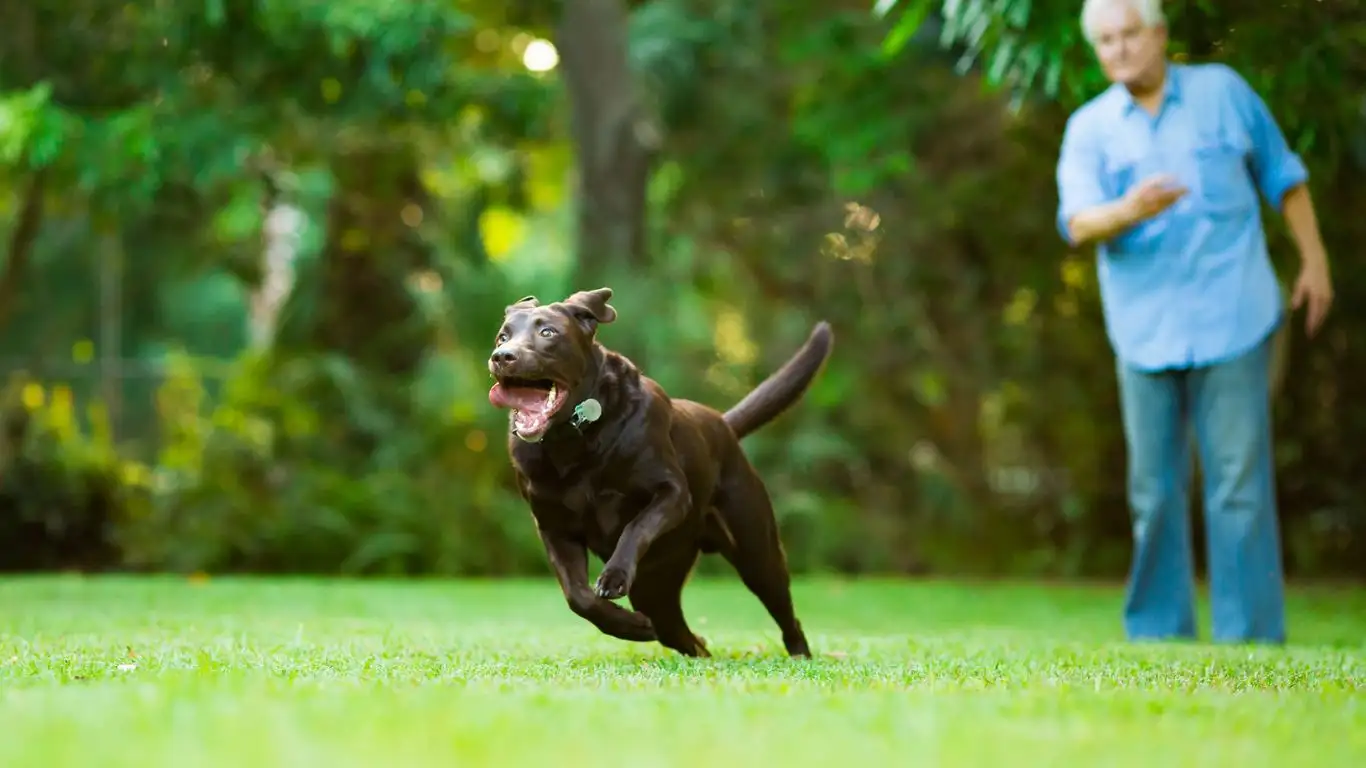
Before we jump into the actual training (pun intended), let’s talk about why this matters so much. A dog that can calmly sit when meeting new people isn’t just well-behaved — they’re safer, more confident, and more likely to be welcomed into more public spaces, especially as therapy or service animals. Trust me, I’ve seen the difference in how facility staff and patients respond when my canine partner greets them gently versus bounding into their lap uninvited.
Plus, teaching this skill isn’t just about training the dog — it’s about teaching you how to set your dog up for success. That’s a huge part of what I do in therapy prep sessions: helping handlers understand dog behavior from the inside out.
The Psychology Behind the Sit Greeting
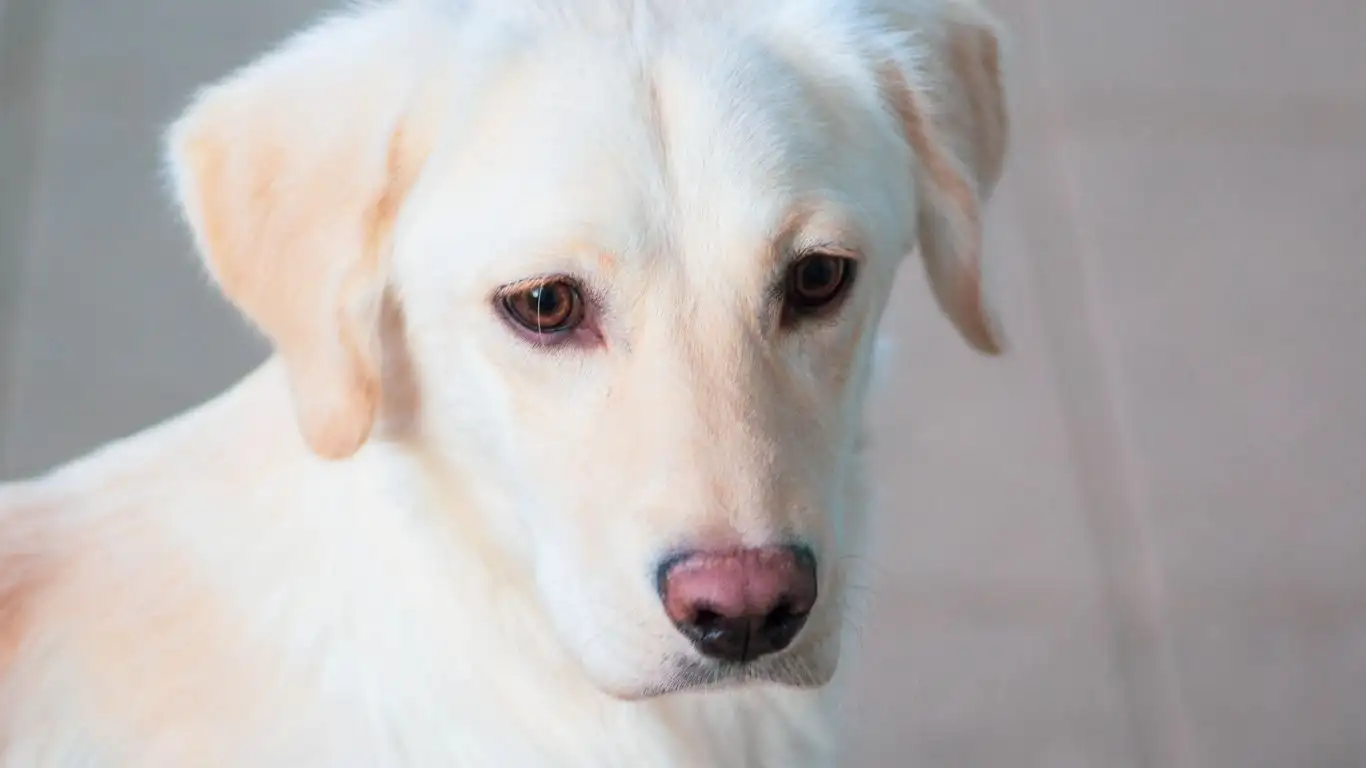
Think about it: when your dog sees someone new, they’re flooded with excitement. It’s like if you met your favorite celebrity — would you calmly wave or bounce off the walls? For dogs, greeting someone is high-stakes emotional stuff. So teaching a calm sit response isn’t about squashing their joy — it’s about giving them a reliable behavior to focus on instead.
Here’s something I always remind new handlers: a dog can’t jump and sit at the same time. If their bottom is on the ground, they’re not leaping up. It’s a beautiful little behavioral hack — one that works consistently, as long as you’re patient and reward generously.
How to Train a Dog to Sit When Greeting New People
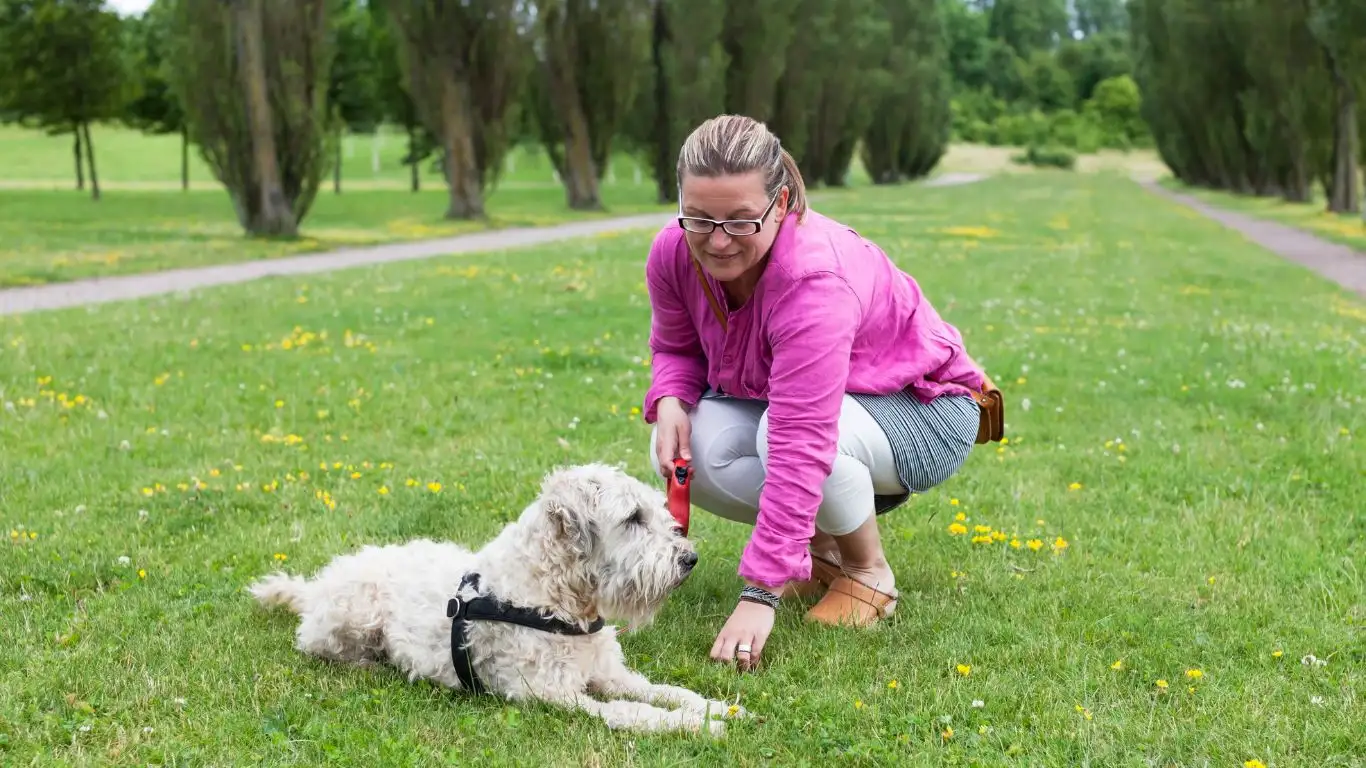
Start in a Low-Distraction Environment
This is huge. I always recommend starting somewhere your dog feels safe and focused — your living room, backyard, or even a quiet hallway. Trying to teach them in the middle of a dog park or at a busy vet’s office? That’s like trying to teach a toddler algebra at a birthday party. Let’s keep it fair.
Break It Down into Simple Steps
- Ask your dog to sit (if they don’t know how yet, start there first).
- Once they sit, reward them immediately — treats, praise, or even a toy.
- Repeat this a few times until sitting is solid with no distractions.
Now, here’s where we layer it up.
Add in a “Greeter”
I usually enlist a family member or friend for this. Here’s the flow:
- Your dog is on a leash (preferably a shorter, 4–6 ft one).
- Greeter approaches from about 10 feet away.
- If your dog breaks the sit, the greeter stops immediately and backs up. No greeting happens unless the dog is sitting.
- If your dog holds the sit, the greeter walks up slowly, says hello, gives a treat, then steps away again.
Dogs are brilliant at picking up on cause and effect. Pretty soon, they’ll realize: “If I sit, I get attention. If I jump, the fun stops.”
Timing is Everything
One of the most common mistakes I see is late rewards. If your dog sits, but you don’t reward until after they’ve already stood up again, guess what you’re reinforcing? Standing. So keep those treats handy and be ready to mark that sit the second their butt hits the floor.
Use a Marker Word or Clicker
I personally love clicker training, but even a consistent “Yes!” said in an upbeat voice can work wonders. This helps your dog understand exactly which behavior earned the reward — a vital part of communication, especially with working or therapy dogs.
Common Challenges and What to Do About Them
“My dog gets too excited and won’t stay still.”
Yep, been there. My own Lab, Cooper, used to spin like a furry tornado every time someone came to the door. What helped? Breaking things down further. I had to reward any calm behavior first — even just standing quietly before asking for a sit.
“What if my dog only sits for me, but not when others approach?”
Great question. This is why practice with different people matters. Dogs don’t generalize behaviors the way we do. To them, “sit for Mom” doesn’t automatically mean “sit for everyone.” So, gradually increase the variety of greeters and locations as your dog gets more confident.
Proofing the Sit Greeting in Real-World Scenarios
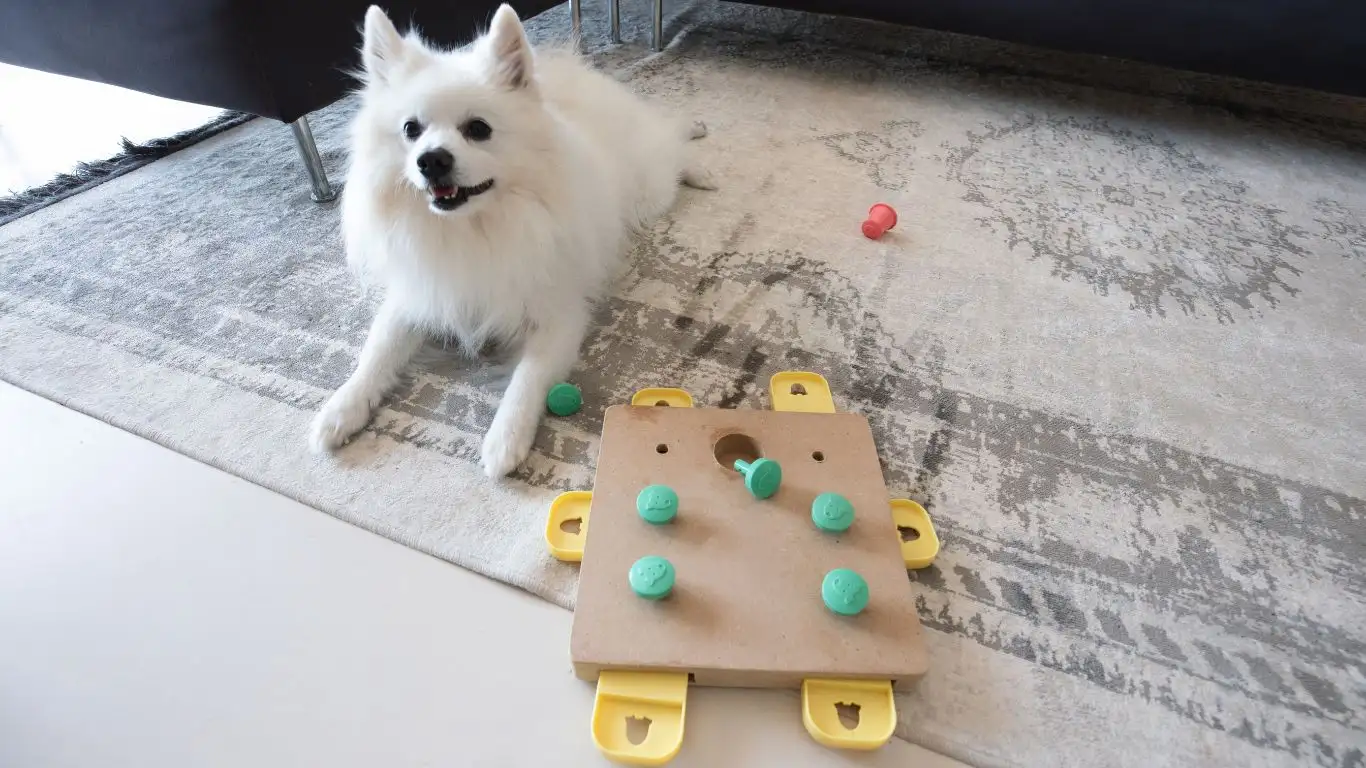
Once your dog is consistently sitting for greetings at home with familiar people, it’s time to level up. We call this proofing — teaching your dog to perform the behavior anywhere, not just in their comfort zone. And trust me, this part takes patience, because the world is full of distractions: rustling bags, high-pitched greetings, unfamiliar smells… you name it.
Back when I was training my first therapy dog, Maple, she was flawless at home. But the first time I asked her to sit and greet someone in a hospital hallway, she turned into a kangaroo. It reminded me just how important environmental conditioning is — the same behavior can fall apart when you change the scene.
Gradual Exposure Is Key
Don’t go from zero to dog park. Think of proofing like building a muscle. Start with slightly more stimulating environments like:
- Your driveway or front porch
- A quiet park during off-hours
- A friend’s house
In each location, recreate the sit-and-greet practice just like you did at home. If your dog breaks the sit, no worries — back up a step. And always celebrate the small wins.
Training Tools That Can Help (Without Over-Reliance)

Now, I’m not big on gimmicks. I’ve always leaned into positive reinforcement and handler-dog connection over flashy tools. That said, a few training aids can absolutely help — especially during the learning phase.
Treat Pouch or Belt
Seems obvious, but having treats handy makes or breaks your timing. I’ve had clients try to fish snacks out of a jacket pocket while juggling a leash — by the time they reward the dog, the moment’s gone. A treat pouch clipped to your hip = faster rewards = clearer communication.
Front-Clip Harness
If your dog tends to pull or lunge when excited, a front-clip harness can help redirect their energy. It doesn’t replace training, but it gives you a little more steering power while working on polite greetings.
Mat or Place Training
One underrated tip I use often: teach your dog to sit and stay on a mat or rug. This gives them a target zone that cues calm behavior. It’s super helpful for when guests arrive. I keep a special mat near my door, and my dog knows — that’s his “greeter spot.”
Teaching Kids and Guests How to Help
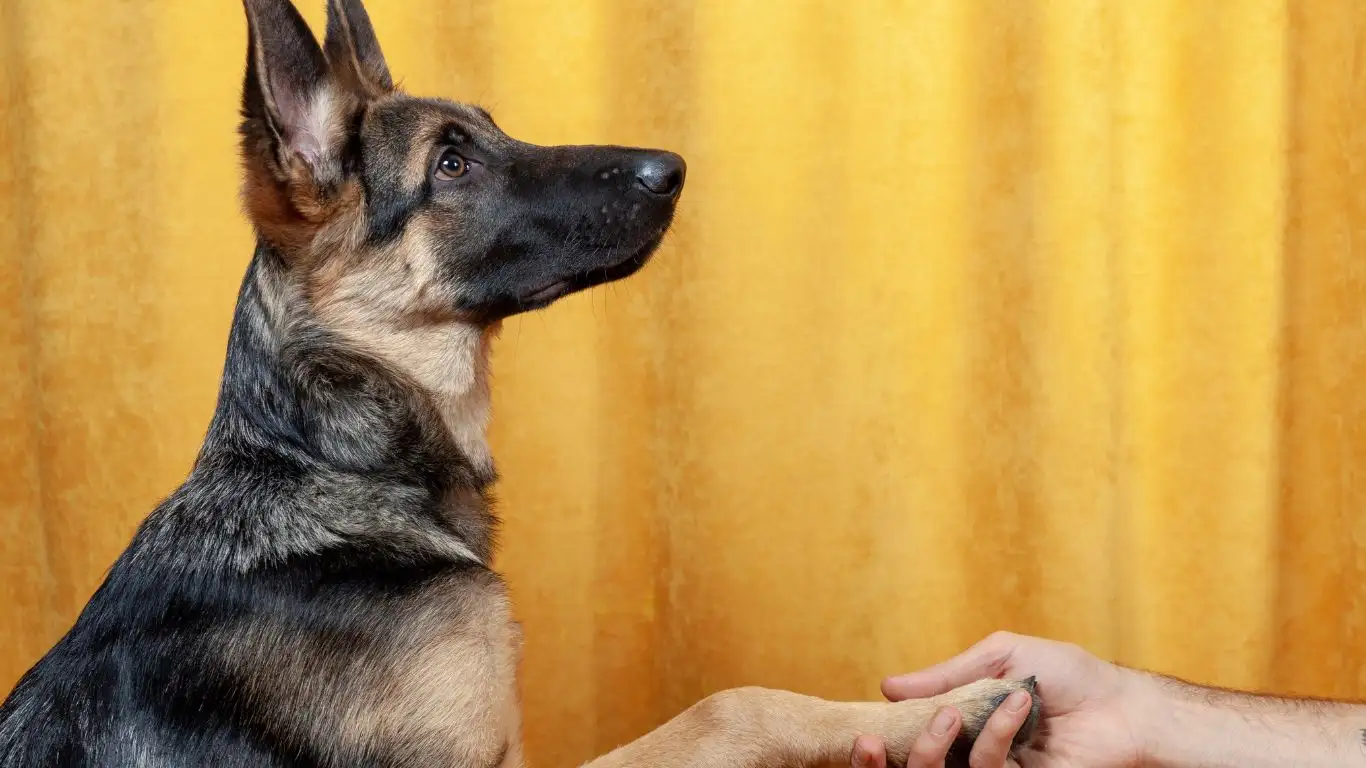
This part’s just as important as the dog training — seriously. If your dog is doing their best to sit politely, but people come barreling in with excited squeals and flailing arms, it can undo all your hard work.
Set Expectations Ahead of Time
I like to give a heads-up when I know someone’s coming over. A quick, “Hey, we’re working on polite greetings, so wait till I give the okay before saying hi,” can go a long way.
With kids, I usually turn it into a game — “Can you help my dog earn a treat by waiting for him to sit?” That kind of involvement turns your visitors into part of the training team instead of accidental saboteurs.
Practice with “Friendly Strangers”
This is something we use a lot in therapy prep — arranging for volunteers to play the role of neutral greeters. Have someone your dog doesn’t see often approach, pause, and only interact if your dog is sitting. It helps your dog generalize the behavior beyond just family and close friends.
Rewarding Calm Energy — Not Just the Sit
Okay, here’s a little nuance I’ve learned over the years. Sitting is the goal, sure — but what you’re really after is calm energy. Sometimes a dog will sit but their entire body is buzzing like a shaken soda can. That’s not the mindset you want during greetings, especially for therapy work.
Watch Their Body Language
- Loose body = green light
- Tail wagging low and slow = relaxed
- Leaning forward, stiff legs, intense eyes = not ready
If you notice your dog sitting but still amped up, wait. Let them settle just a bit more before allowing interaction. I often use calming strokes along the chest or a quiet verbal cue like “easy” to help bring that energy down.
End Sessions on a High Note
This one’s big. If your dog starts to unravel during practice — maybe they’re jumping again or losing focus — end the session before it gets worse. Ask for one last sit, reward generously, and wrap it up. That way, the final memory they carry is of success, not failure.
Building Long-Term Success Through Consistency
There’s no magic switch that makes your dog greet people politely overnight. But with repetition, timing, and a solid understanding of what motivates your pup, I promise — it clicks.
One of my favorite moments as a trainer is seeing that lightbulb moment — when a dog sees someone new and you can practically see them thinking: “Wait… if I sit, I get love!” It’s the sweetest combo of self-control and joy. And it’s all built on clear, consistent training.
Stick with it. Your dog is learning every day, and so are you. And as someone who’s spent years helping dogs prepare for therapy roles in schools, hospitals, and rehab centers, I can tell you — teaching polite greetings is one of the most valuable gifts you can give your dog (and the people they meet).
How to Troubleshoot and Overcome Common Issues
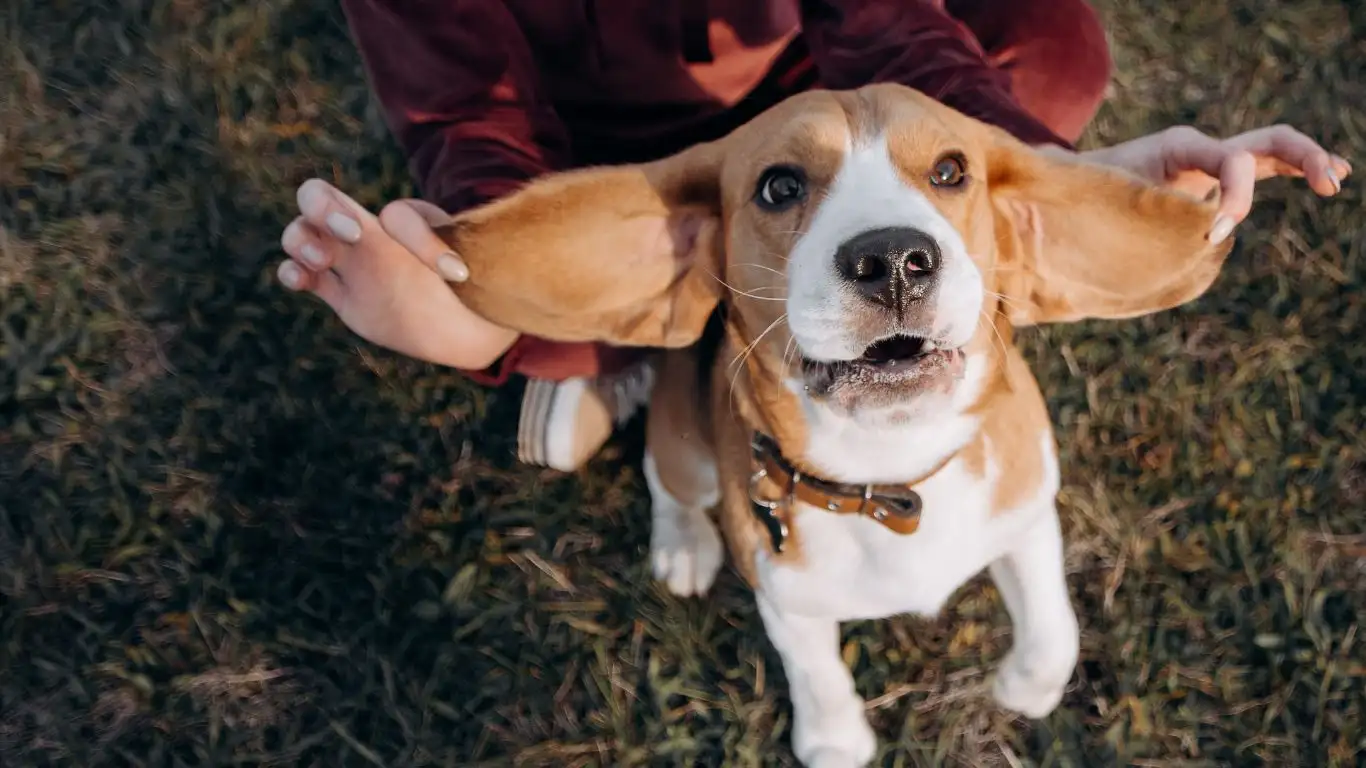
By now, your dog should be well on their way to greeting people with a calm sit. But like any skill, there are a few bumps along the way. Maybe your dog still jumps when a new person approaches or struggles to hold that sit when distractions are around. That’s perfectly normal, and it’s just part of the learning process.
1. The Dog Still Jumps Despite Training
If you’ve been consistent with training, and your dog is still jumping, it’s time to take a step back and evaluate the environment. Are you inadvertently reinforcing the jump by giving attention when they do it? The biggest mistake people make is rewarding the bad behavior unintentionally, like giving the dog attention or petting them when they’re jumping. I’ve done this myself in the past when I was so excited to see my dog that I’d forget what I was training.
What helps here is to completely ignore the jumping. I recommend turning your back, folding your arms, and waiting for the dog to settle. Once they stop jumping and are calm, that’s when you reward them. And don’t forget, the moment they sit — that’s when you give the reward!
2. The Sit Becomes a “Nudge” or “Lean”
Sometimes a dog will understand they’re supposed to sit, but they’ll do a half-sit or a “lean” instead. It can be a bit tricky because they’re almost there, but not quite. The key here is consistency. I’ll repeat the sit command while gently guiding them back into position if necessary. Also, it’s worth noting that when dogs are too distracted, they might start doing this because they’re eager for the attention that’s coming with the greeting.
In these cases, I like to remind clients to practice the sit in a variety of environments, not just when greeting people. This strengthens the behavior. Dogs that can sit calmly at the park or while watching TV will find it much easier to sit when guests come over.
3. What If the Dog Is Just Too Stubborn?
If your dog is persistently stubborn about sitting, don’t lose heart. Sometimes, it’s not that they don’t understand, but rather they just have an independent streak. Dogs like this might need more enticing rewards or maybe more patience. If treats aren’t doing the trick, I switch up the rewards — using favorite toys or even a fun game of tug-of-war after a successful sit can turn the training session into a positive experience they’ll look forward to.
Additionally, it might be helpful to break the training into shorter sessions. Some dogs get overwhelmed with long training periods. Try five-minute sessions multiple times a day instead of one long session. You’ll see better results with less frustration for both you and your dog.
Making This a Lifelong Practice
Training is never really “over.” It’s more like building a lifelong relationship where you and your dog grow together. Just because your dog is sitting for greetings today doesn’t mean you can stop practicing tomorrow. I love to mix in occasional refresher sessions. Even Maple, my therapy dog, gets a random reminder sit when we meet new people at events, just to keep it fresh.
Consistency Over Time
Remember that dogs thrive on routine. Keep reinforcing the sit behavior through casual practice, like when your dog is excited to greet a neighbor or a new person in the park. The more they practice, the more it becomes second nature. Over time, you’ll notice that your dog gets faster and more reliable at sitting calmly without as much prompting from you.
Incorporating Different Environments and New People
To maintain success, make sure to practice in a variety of settings, not just at home. Invite friends or family over for a visit and practice. You can also take your dog to different locations where there are people (but not too many distractions yet), like a quiet pet-friendly store or park. The goal is to have your dog generalize the behavior so they can reliably perform it no matter who is greeting them.
As I mentioned earlier, I once had to take Maple to a hospital setting where she had to remain calm while meeting a lot of different people. The process took time, but once she had that foundation — sitting at the entrance, greeting a visitor — she carried that calm energy throughout the entire session. That’s the power of consistent training!
When You Need Professional Help
Some dogs take longer to get the hang of things. And that’s okay! If you’re struggling to get your dog to sit on command during greetings, or if you’re facing consistent challenges, there’s no shame in reaching out to a professional dog trainer.
At the end of the day, we all need help sometimes, and professional trainers have the knowledge and tools to help dogs through stubborn behaviors, separation anxiety, or even overexcitement. Trainers can also provide valuable insight into your dog’s temperament, offering personalized training plans to address specific issues.
If you’re in need of expert guidance, I always recommend checking reputable sources like The American Kennel Club or PetMD for directories of certified trainers near you. These sites offer solid advice and give you the ability to find professionals who use positive reinforcement-based training methods.
Disclaimer
The information provided in this article is for educational purposes only and is not intended as a substitute for professional veterinary or behavioral advice. Always consult with a professional dog trainer or veterinarian if you have concerns about your dog’s behavior or health.
Training takes time, patience, and consistency. Every dog is different, and what works for one might not work for another. Please be patient and compassionate with your furry friend as they learn new skills.
